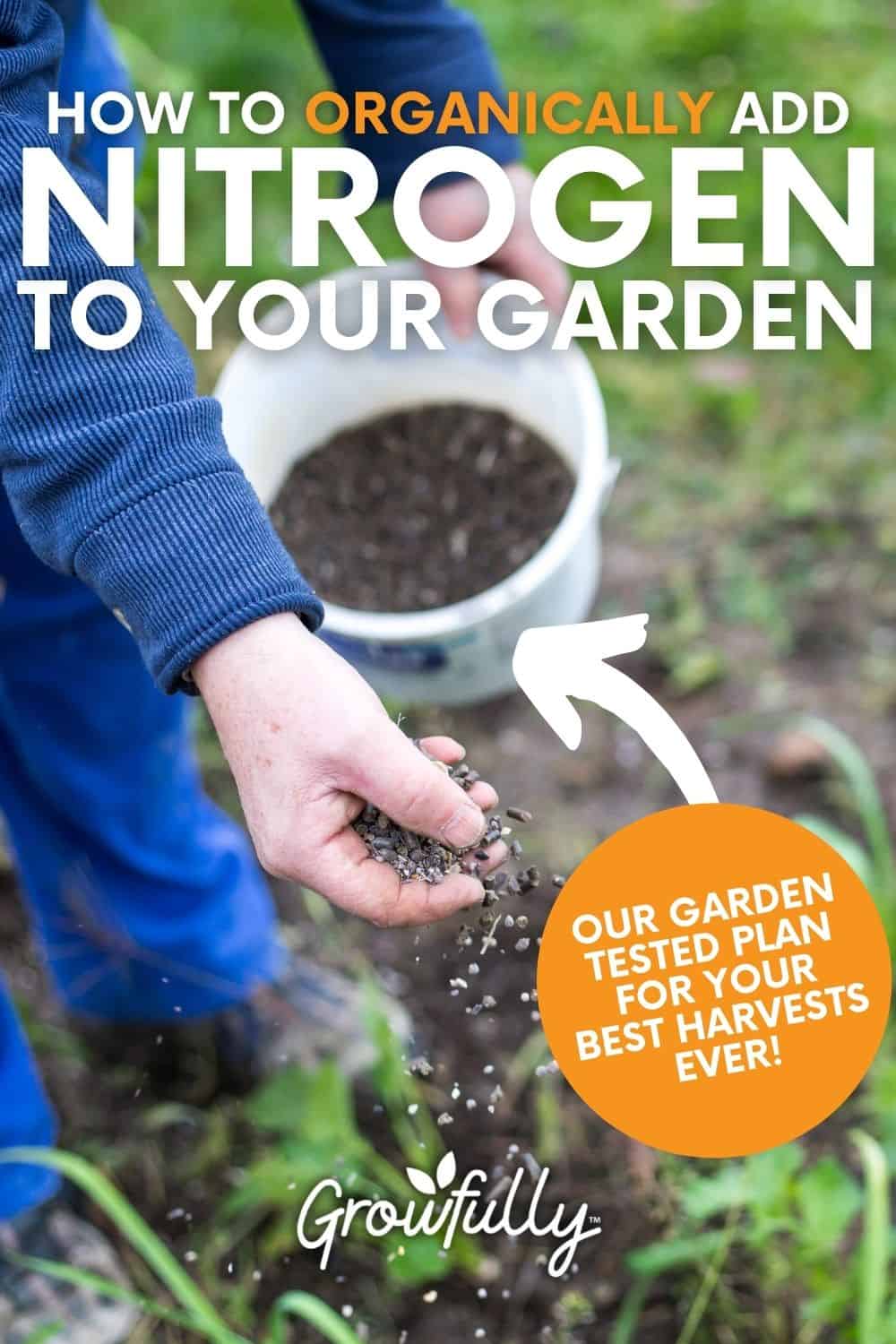Unlocking the Secrets of Vegetable Synergy
Companion planting, the practice of growing different vegetables together, is an ancient technique that has been used for centuries to promote healthy growth, reduce pests and diseases, and increase crop yields. By understanding which vegetables to plant together, gardeners can create a harmonious and thriving garden ecosystem. This approach not only enhances the overall health of the plants but also encourages biodiversity, reduces the need for pesticides and fertilizers, and creates a more resilient garden. In a well-designed companion planting system, each vegetable plays a unique role, providing benefits to its neighboring plants. For instance, some vegetables repel pests, while others attract beneficial insects or provide shade. By carefully selecting which vegetables to plant together, gardeners can unlock the full potential of their garden, enjoying a bountiful harvest and a more sustainable gardening practice.
How to Create a Balanced Vegetable Garden
When it comes to creating a thriving vegetable garden, selecting the right combination of vegetables is crucial. By understanding the key principles of companion planting, gardeners can design a balanced and diverse garden that promotes healthy growth and maximizes yields. One of the most important considerations is soil requirements. Different vegetables have unique soil needs, and planting vegetables with similar requirements together can help to create a harmonious garden ecosystem. For example, vegetables like tomatoes and peppers require well-draining soil, while leafy greens like lettuce and spinach prefer moist soil. By grouping vegetables with similar soil needs together, gardeners can create a more efficient and effective garden. Another key principle to consider is sunlight needs. Vegetables like tomatoes and squash require full sun, while vegetables like broccoli and kale prefer partial shade. By selecting vegetables with similar sunlight needs, gardeners can ensure that each plant receives the right amount of light. Finally, growth habits are also an important consideration. Vegetables like cucumbers and peas are climbing plants, while vegetables like carrots and beets are root vegetables. By selecting vegetables with different growth habits, gardeners can create a visually appealing and diverse garden. By considering these key principles, gardeners can create a balanced and thriving vegetable garden, and unlock the full potential of companion planting. By choosing which vegetables to plant together, gardeners can create a garden that is not only productive but also beautiful and sustainable.
The Three Sisters: A Classic Companion Planting Example
The traditional Native American practice of planting corn, beans, and squash together, known as the “Three Sisters,” is a classic example of companion planting. This symbiotic relationship between the three vegetables has been used for centuries to promote healthy growth, reduce pests and diseases, and increase crop yields. The corn provides a structure for the beans to climb, while the beans fix nitrogen in the soil, benefiting the corn and squash. The squash, with its large leaves, shades the soil, reducing weed growth and retaining moisture. This mutually beneficial relationship is a perfect example of how planting different vegetables together can create a harmonious and thriving garden ecosystem. The Three Sisters approach can be applied to other vegetable combinations, such as planting tomatoes with basil and marigolds, or carrots with sage and radishes. By understanding which vegetables to plant together, gardeners can create a balanced and diverse garden that mimics the natural ecosystem. By selecting vegetables that complement each other, gardeners can create a garden that is not only productive but also beautiful and sustainable. The Three Sisters approach is a testament to the power of companion planting, and serves as a inspiration for gardeners to experiment with new vegetable combinations and discover the benefits of planting different vegetables together.
Vegetable Pairings for Pest Control
One of the most significant benefits of companion planting is its ability to deter pests and diseases. By selecting which vegetables to plant together, gardeners can create a natural defense system that reduces the need for pesticides and other chemicals. For example, planting marigolds with tomatoes can help repel nematodes, a common pest that can damage tomato roots. Similarly, basil and mint can be planted with tomatoes to repel whiteflies and aphids. Other effective vegetable pairings for pest control include planting garlic with roses to repel aphids, and radishes with cucumbers to repel cucumber beetles. By understanding which vegetables to plant together, gardeners can create a balanced and diverse garden that is less susceptible to pests and diseases. This approach not only promotes healthy growth but also reduces the environmental impact of gardening. By incorporating vegetable pairings for pest control into a companion planting strategy, gardeners can create a thriving and sustainable garden ecosystem. By experimenting with different vegetable combinations, gardeners can discover new and innovative ways to deter pests and diseases, and create a garden that is truly harmonious and thriving.
Nitrogen-Fixing Vegetables: The Ultimate Soil Enrichers
Nitrogen-fixing vegetables, such as beans and peas, are a crucial component of a harmonious and thriving garden ecosystem. These vegetables have the unique ability to convert atmospheric nitrogen into a form that can be used by other plants, making them an essential addition to any companion planting strategy. By incorporating nitrogen-fixing vegetables into a garden, gardeners can create a self-sustaining ecosystem that reduces the need for synthetic fertilizers. For example, planting beans with corn and squash, as in the traditional Three Sisters approach, can provide a natural source of nitrogen for these vegetables. Similarly, planting peas with carrots and radishes can create a balanced and diverse garden that is rich in nutrients. When selecting which vegetables to plant together, gardeners should consider the benefits of nitrogen-fixing vegetables and incorporate them into their companion planting strategy. By doing so, gardeners can create a garden that is not only productive but also sustainable and environmentally friendly. By understanding the importance of nitrogen-fixing vegetables, gardeners can unlock the secrets of vegetable synergy and create a truly harmonious and thriving garden ecosystem.
Shade-Loving Vegetables: Making the Most of Partial Shade
While many vegetables require full sun to thrive, there are several shade-loving varieties that can excel in partial shade. By understanding which vegetables to plant together in shaded conditions, gardeners can create a diverse and productive garden, even in areas with limited sunlight. Lettuce, spinach, and kale are all excellent choices for shaded gardens, as they can tolerate partial shade and still produce a bountiful harvest. Other options include herbs like mint, basil, and parsley, which can add flavor and fragrance to a variety of dishes. When selecting which vegetables to plant together in partial shade, consider the specific growing requirements of each plant. For example, lettuce and spinach have similar growing conditions and can be planted together in a shaded bed. By combining these vegetables with others that have different growth habits and space requirements, gardeners can create a thriving and diverse shaded garden. By incorporating shade-loving vegetables into a companion planting strategy, gardeners can make the most of limited sunlight and create a harmonious and productive garden ecosystem.
Vegetable Combinations for Maximum Space Efficiency
For gardeners with limited space, creating a productive and diverse vegetable garden can be a challenge. However, by selecting which vegetables to plant together based on their growth habits and space requirements, gardeners can make the most of their available space. One effective approach is to plant vegetables with different growth habits together, such as planting vining vegetables like cucumbers or peas with bushy vegetables like carrots or radishes. This allows gardeners to maximize their space while also promoting healthy growth and reducing competition between plants. Another strategy is to plant vegetables with different maturation times together, such as planting quick-growing vegetables like lettuce or spinach with slower-growing vegetables like tomatoes or peppers. By doing so, gardeners can ensure a continuous harvest throughout the growing season. Additionally, incorporating vertical elements like trellises or arbors can provide additional space for climbing vegetables like beans or peas. By understanding which vegetables to plant together and how to optimize their growth habits and space requirements, gardeners can create a thriving and productive vegetable garden, even in the smallest of spaces.
Experimenting with New Vegetable Pairings
As gardeners continue to explore the world of companion planting, there are endless opportunities to experiment with new vegetable pairings and discover innovative ways to create a harmonious and thriving garden ecosystem. By understanding which vegetables to plant together and how to optimize their growth habits and space requirements, gardeners can unlock the full potential of their garden. One approach is to start by selecting a few vegetables that have similar growing conditions and space requirements, and then experimenting with different combinations to find the most effective pairings. For example, planting carrots and sage together can improve the flavor and texture of both vegetables, while also repelling pests that target carrots. Another approach is to explore different cultural practices, such as planting vegetables in succession or using vertical elements like trellises or arbors to maximize space. By pushing the boundaries of traditional companion planting techniques and exploring new vegetable pairings, gardeners can continue to refine their skills and create a truly unique and productive garden. Whether it’s experimenting with new vegetable combinations or sharing experiences with other gardeners, the art of companion planting is a continuous journey of discovery and innovation.








